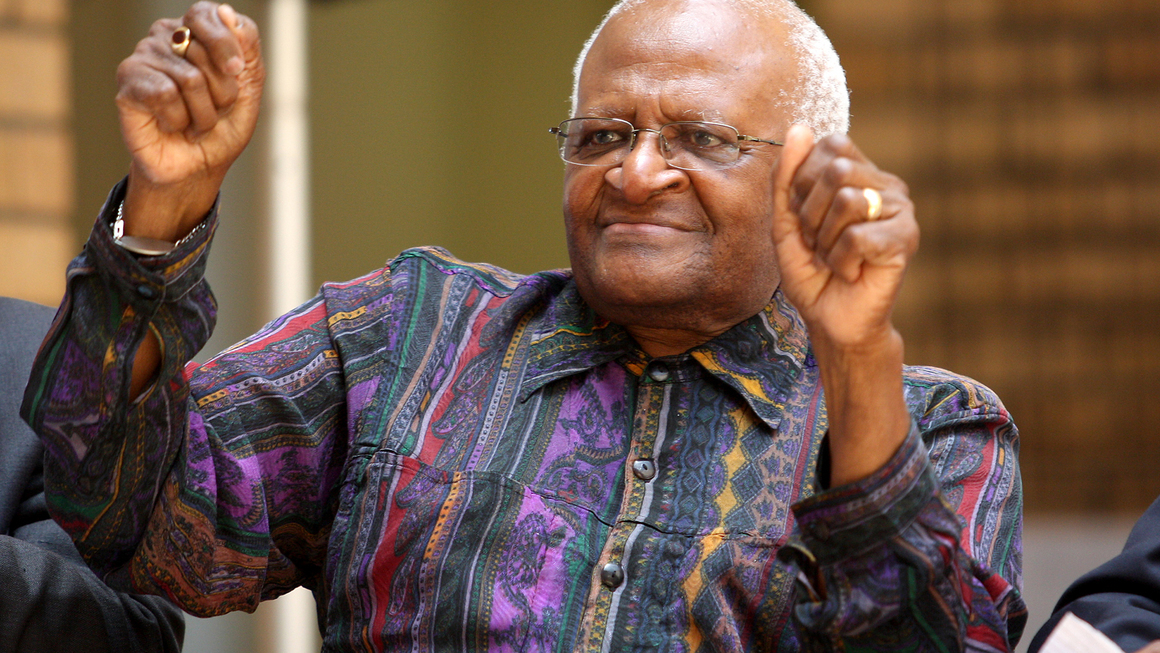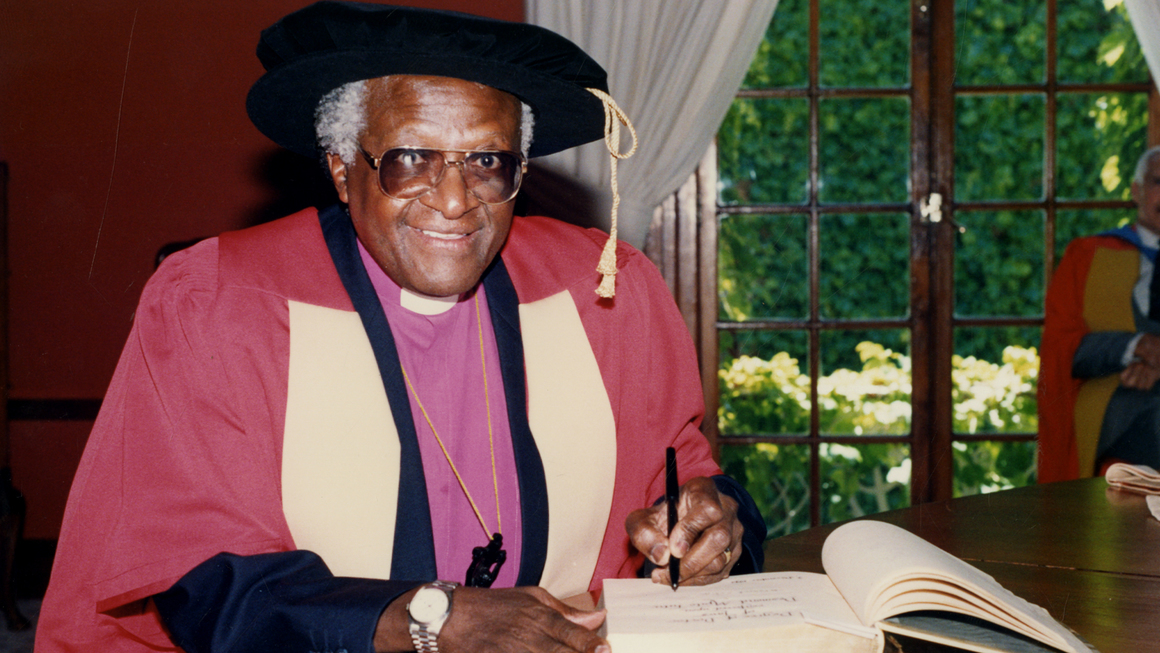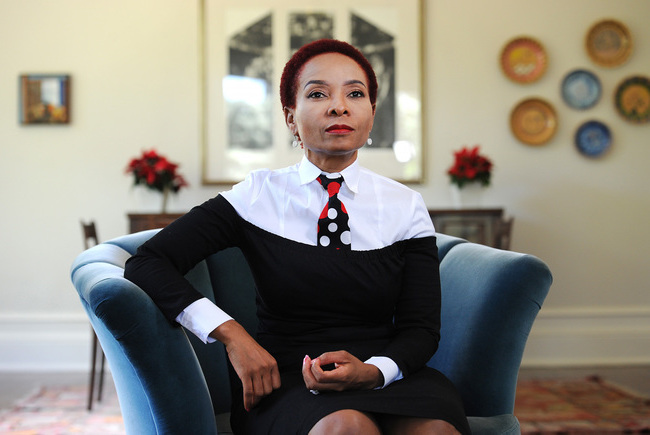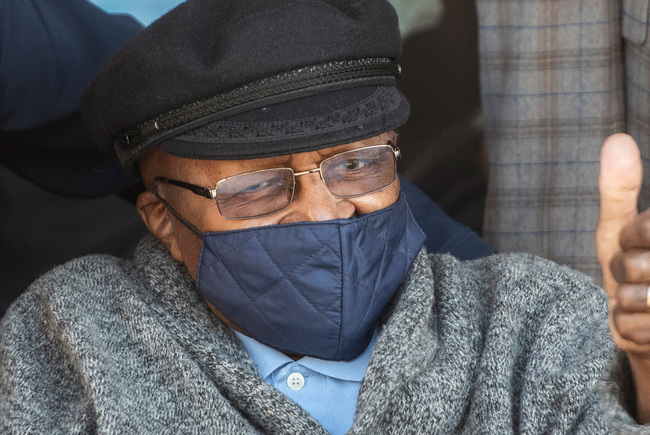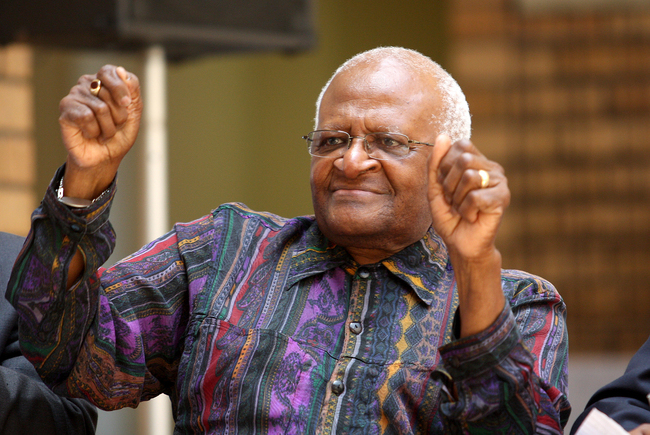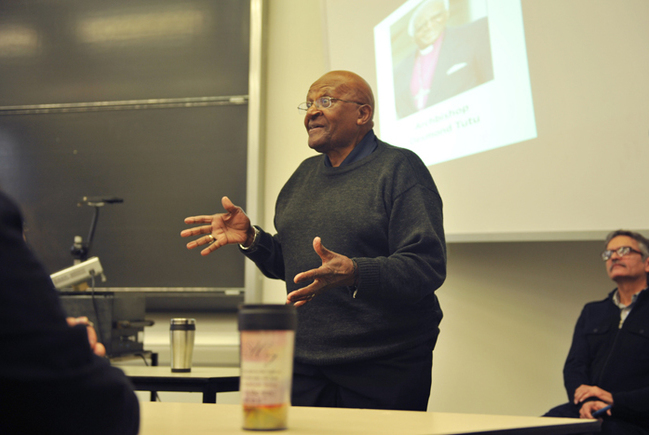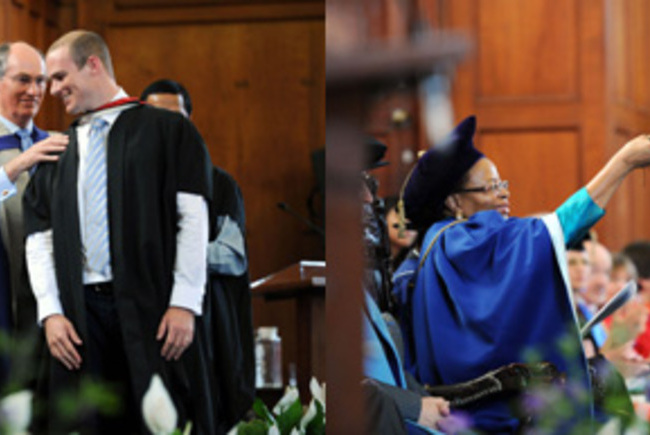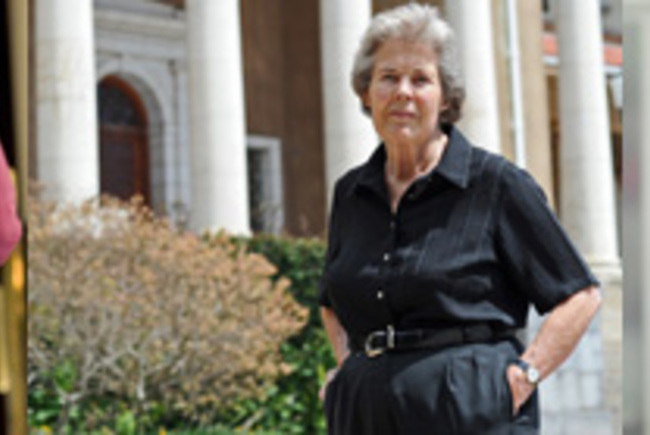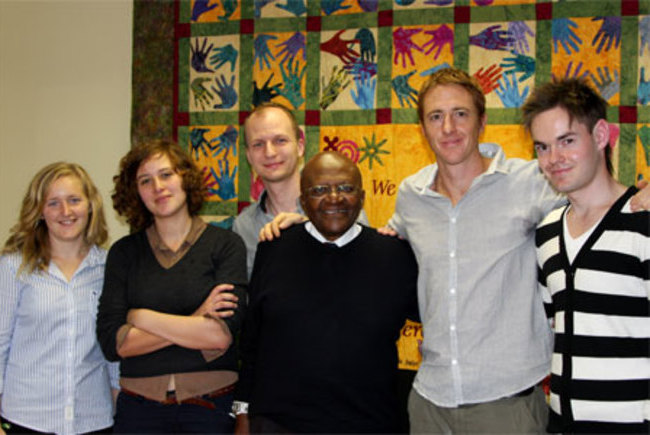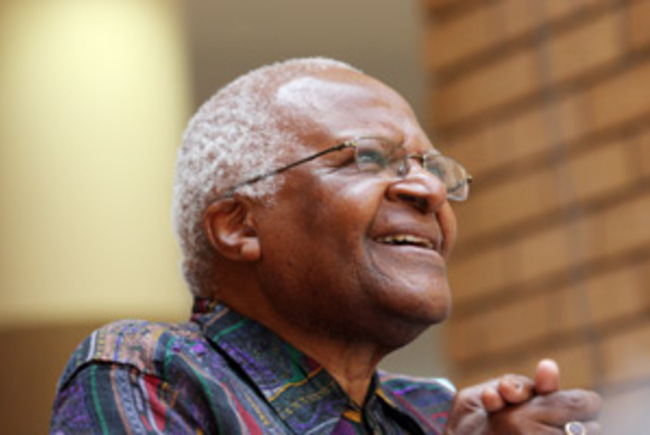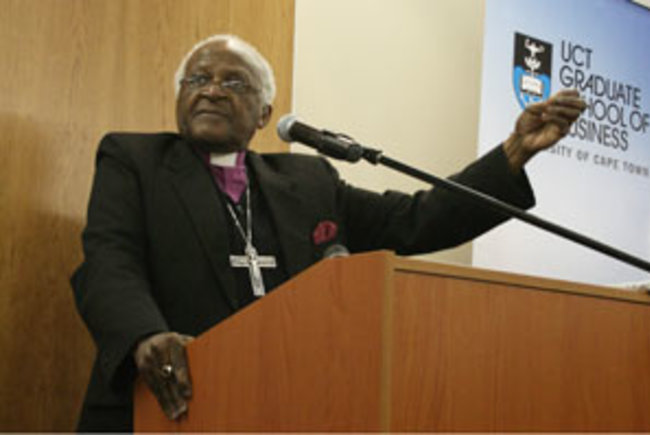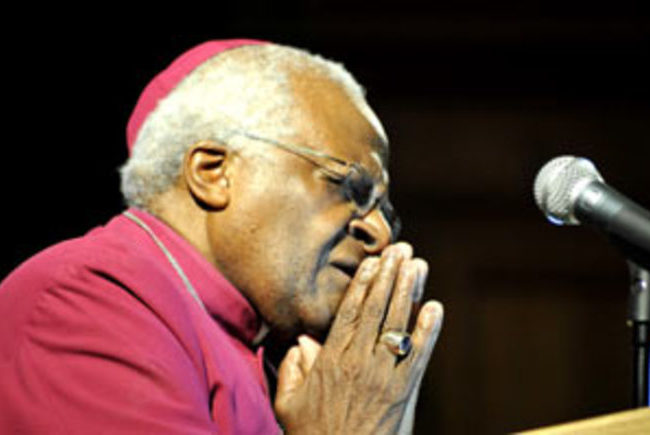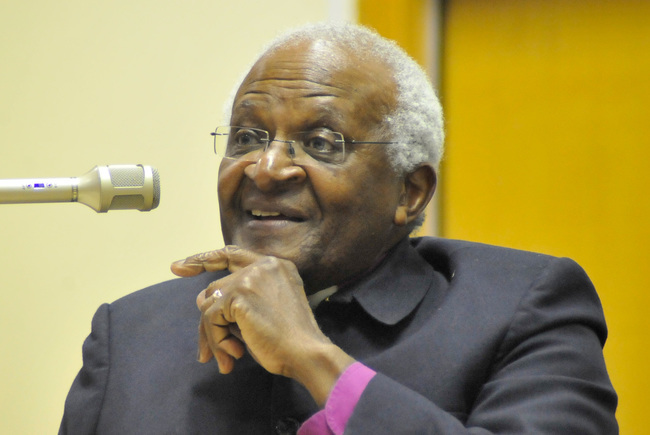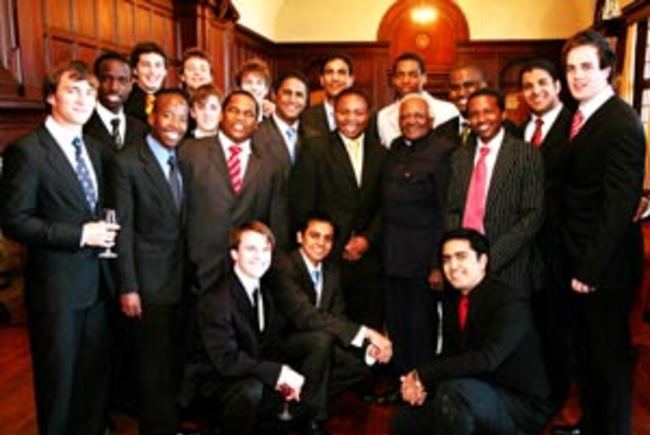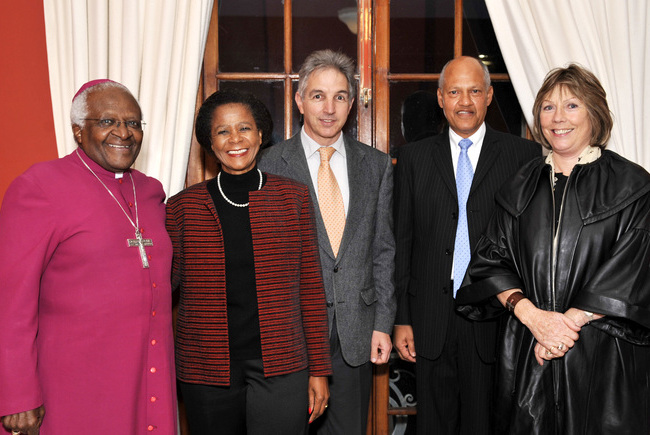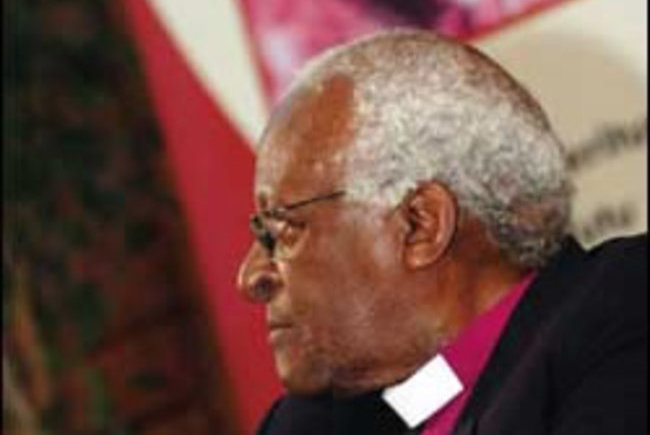Lessons from the TRC: then and now
25 April 2017 | Story by Kate-Lyn Moore. Photo by Robyn Walker.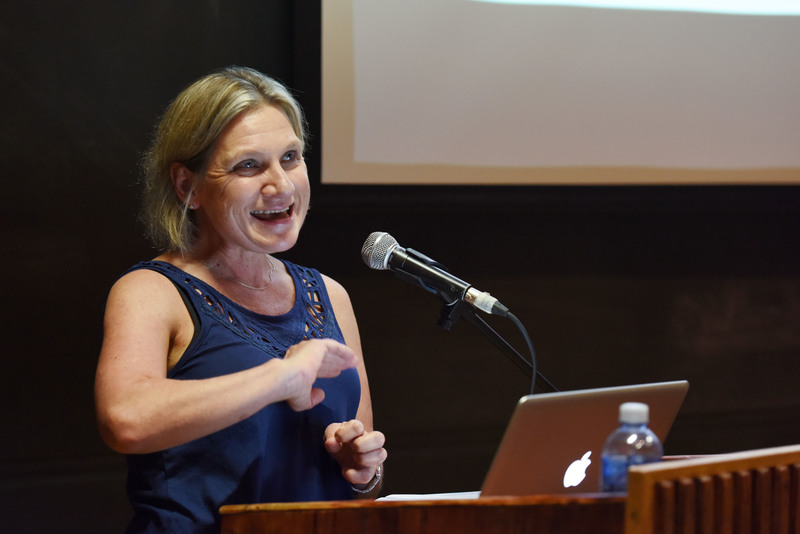
It has been more than 20 years since the first hearing of the Truth and Reconciliation Commission (TRC). It was on that first day, 15 April 1996, that Archbishop Desmond Tutu broke down in tears.
The commissioners knew the hearings would be gruelling. But the TRC process promised hope and a pathway to some sort of healing. Two decades later, however, the process is widely criticised and regarded by many as having been a failure.
In an attempt to unpack the strengths and weaknesses of the TRC, and to generate the ideas and energy required to move forward, veteran journalist Pippa Green presented a series of reflections from 13 former TRC commissioners, on 19 April.
Her presentation formed part of the Institute for Creative Arts’ (ICA) 2017 Great Texts / Big Questions lecture series, with its current focus on the TRC in light of the Institutional Reconciliation and Transformation Committee (IRTC) process taken up by UCT in the wake of Shackville and the 2016 student protests.
Born out of a 13-part podcast series, History for the Future: What we can learn from the TRC, her talk was a retrospective on a critical historical chapter.
It presented a snapshot of the country as it was during the commission, and as it is now.
Dr Khwezi Mkhize, who chaired the proceedings, noted the following: “I think about those protests and the way students have constructed the idea of a TRC to address those protests themselves, as something of an allegory of history. So these lectures are echoing things that are real, visceral and immediate within our own political context.”
How we treat our history
Disillusioned and despairing of the culture of impunity and the demonisation of our independent institutions, the commissioners were nonetheless proud of what they achieved during the TRC.
This culminated in a seven-volume report, which included the recording of 21 000 names of people identified as victims.
Brought into being by the Promotion of National Unity and Reconciliation Act, the TRC had a particular mandate to review a specific period of our history.
Positioned somewhere between the prosecutorial approach of the Nuremberg trials and the blanket amnesty approach adopted in the wake of the Chilean dictatorship of 1973–1999, the TRC was made up of three committees: the Human Rights Violations Committee, which was chaired by Tutu, the Amnesty Committee and the Reparation and Rehabilitation Committee.
“I think the key thing for people who have been critical of the weaknesses of the TRC was perhaps not the TRC so much, but what happened afterwards,” said former commissioner Yasmin Sooka.
It was not within the TRC’s power to make reparations, only recommendations. But of the 300 names handed over for prosecution, not a single case was prosecuted.
“I think to not prosecute makes a mockery, really, of the ones who did come before the commission,” noted Sooka.
 The ICA’s current series of Great Texts / Big Questions lectures attempt to unpack the strengths and weaknesses of the TRC process.
The ICA’s current series of Great Texts / Big Questions lectures attempt to unpack the strengths and weaknesses of the TRC process.
The root of the rot
South Africa is saddled with a culture of impunity, said former commissioner Advocate Dumisa Ntsebeza. This is rooted in the reluctance to accept the TRC’s findings and recommendations.
“It began in the unwillingness to take the legal process of the TRC to its logical conclusion. Not only in terms of prosecution, but in terms of actually even accepting the report,” he explained.
The ANC party, led by Thabo Mbeki, sought to interdict the release of the report on the day it was due to be handed over.
“It was indicative of things to come. That is spite of the Freedom Charter, in spite of what was reflected in the constitution as the values for which people had lost their lives and these values were enacted in large measure through the TRC … In spite of that, there was an attempt by government, by those who are in the liveries of power, to muzzle the coming into the open.”
All dictatorships start with a culture of impunity, he noted.
A time of despair
“It was a very difficult time in the country. It still is,” said Green, reflecting on the six-month period between 2015 and 2016 when she interviewed the commissioners. “The student protests were strong, robust and strident.”
There had been outbursts of racism on social media. It looked as if we were pretty far from the South Africa we had set out to be during the TRC, reflected Green.
“I think we have been really disappointed, in the way in which some of our core institutions have been silent in the face of violations. I mean, why have none of them stood up to protect Thuli Madonsela?” Sooka asked.
It is imperative for citizens to be able to trust independent institutions such as the judiciary and the public protector.
Indeed, as Green noted, it is only once we have an accountable and sensitive government that we will be able to have meaningful conversations about policy, education and youth unemployment.
Responding to Green, writer Antjie Krog drew upon the words of a Chilean commissioner who visited during the hearings. He warned that it is the process after the commission itself that is the most difficult. The words had not meant much to her at the time. But she has internalised them now.
It is then when “you can no longer depend on comrades for morality”, she said.
“But what you must demand is accountability.”
 This work is licensed under a Creative Commons Attribution-NoDerivatives 4.0 International License.
This work is licensed under a Creative Commons Attribution-NoDerivatives 4.0 International License.
Please view the republishing articles page for more information.
Archbishop Emeritus Desmond Tutu: 1931–2021
On Sunday, 26 December 2021, the University of Cape Town learned of the passing of Archbishop Emeritus Desmond Tutu, 90. We say goodbye to a man who taught us the power of joy to fight injustice and evil.
“Archbishop Emeritus Tutu, as he graciously aged, never lost his vision for a just and free South Africa.”
– Archbishop Emeritus Njongonkulu Ndungane
Stories from the UCT archives
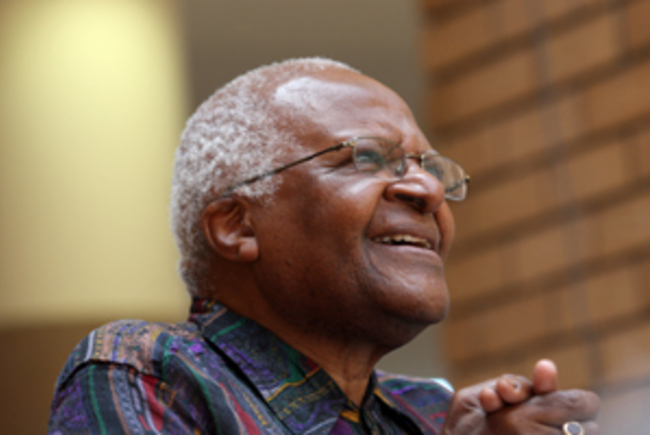
It took UCT seven years to award the second Chancellor's Award for Outstanding Leadership in Africa - a reminder not only of the prestige of the accolade, but also of how few and far between worthy recipients have been.
12 Dec 2011
Caught up in the demands of their studies, students are often slow to volunteer for extra-curricula activities. To counter this, the university's student leadership hosted a week-long drive to foster a sense of social responsibility among their peers.
05 Sep 2011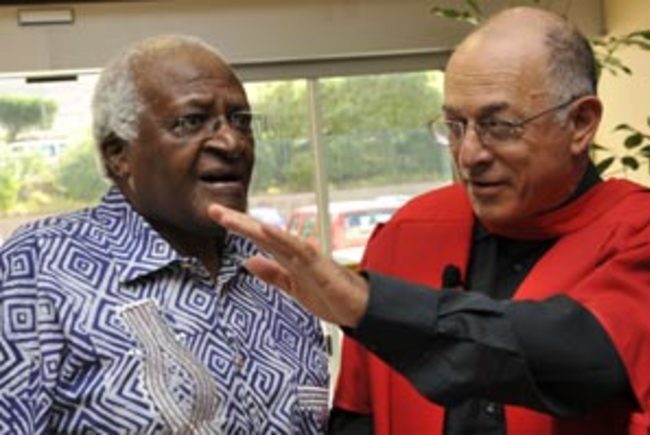
In his valedictory lecture at UCT's medical school on 13 February, Professor Solomon Benatar of the Department of Medicine in the Faculty of Health Sciences, stated that the health of whole populations - in South Africa and globally - is <i>the</i> major crisis and challenge for humanity in the 21st century.
20 Feb 2008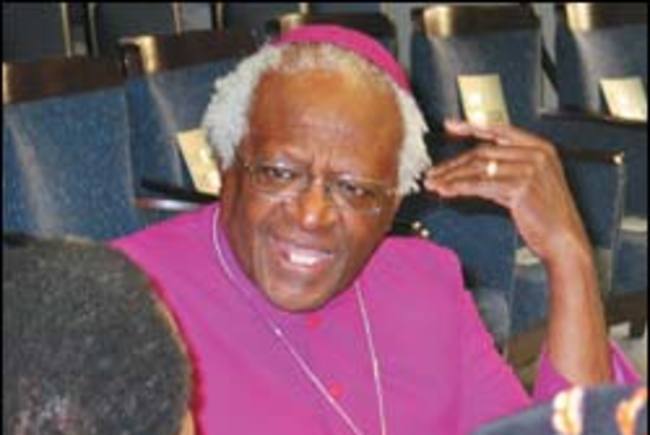
With workmen in the background reminding guests of the newness of the hosting Wolfsohn Pavilion, the mood at the IIDMM headquarters was festive last Wednesday as Archbishop Emeritus Desmond Tutu and his wife Leah arrived to open an HIV centre there named in Tutu's honour.
09 Feb 2006







